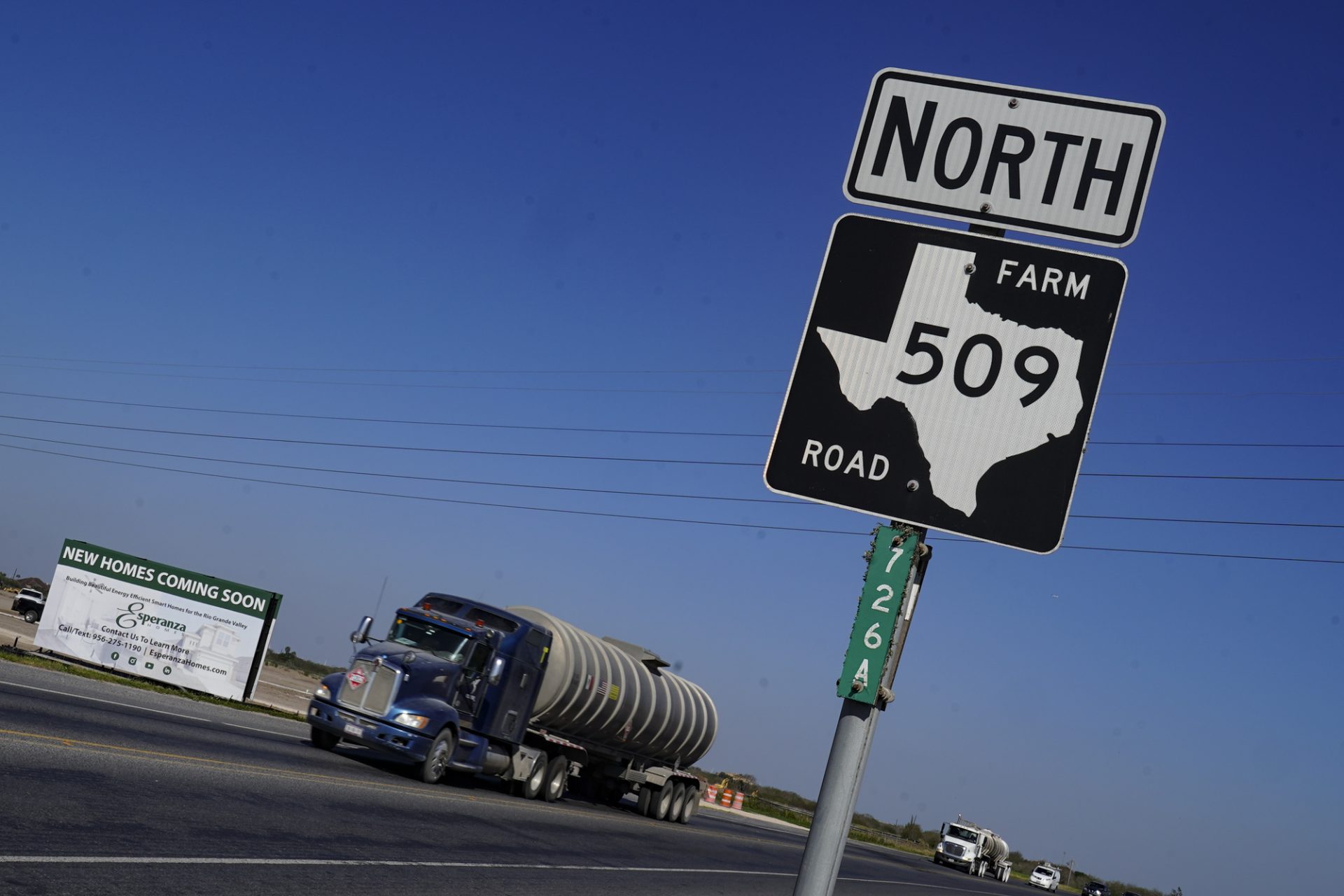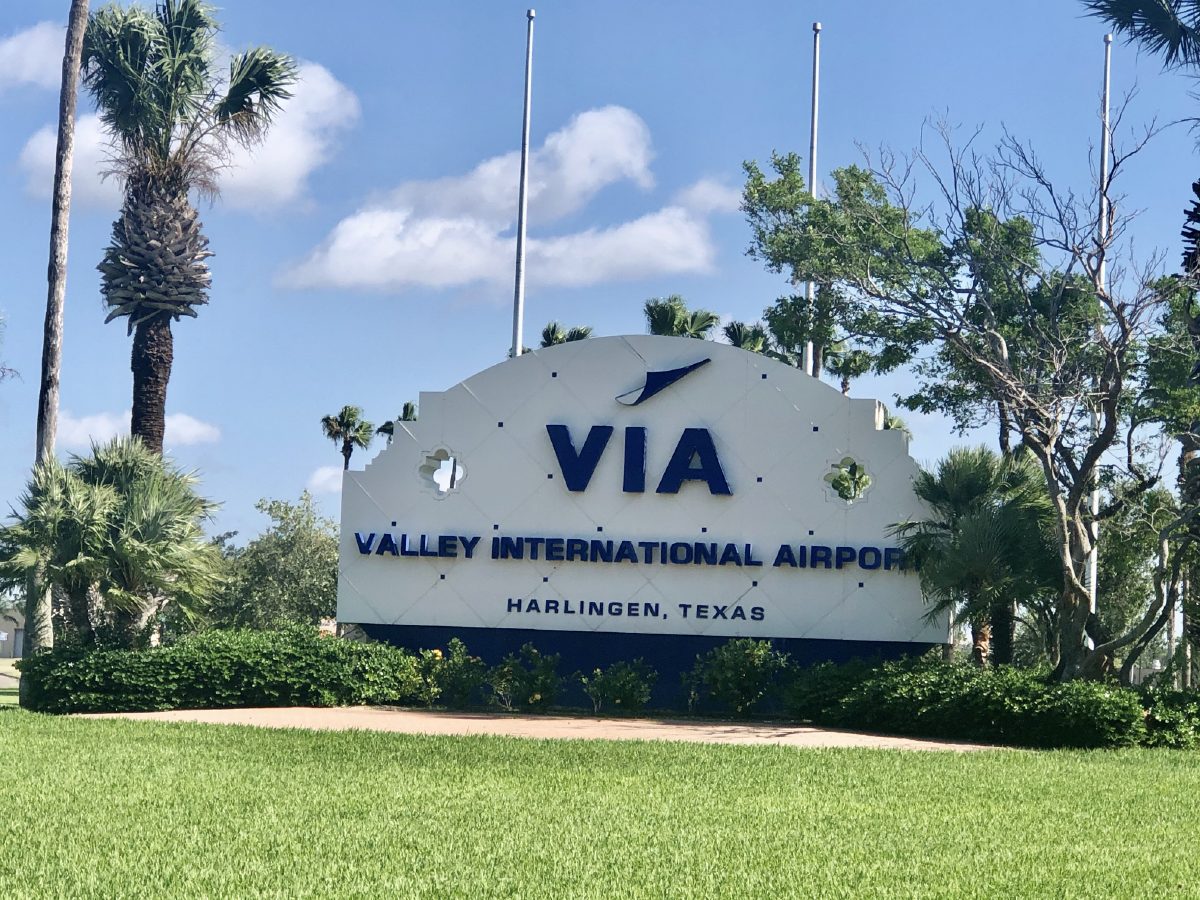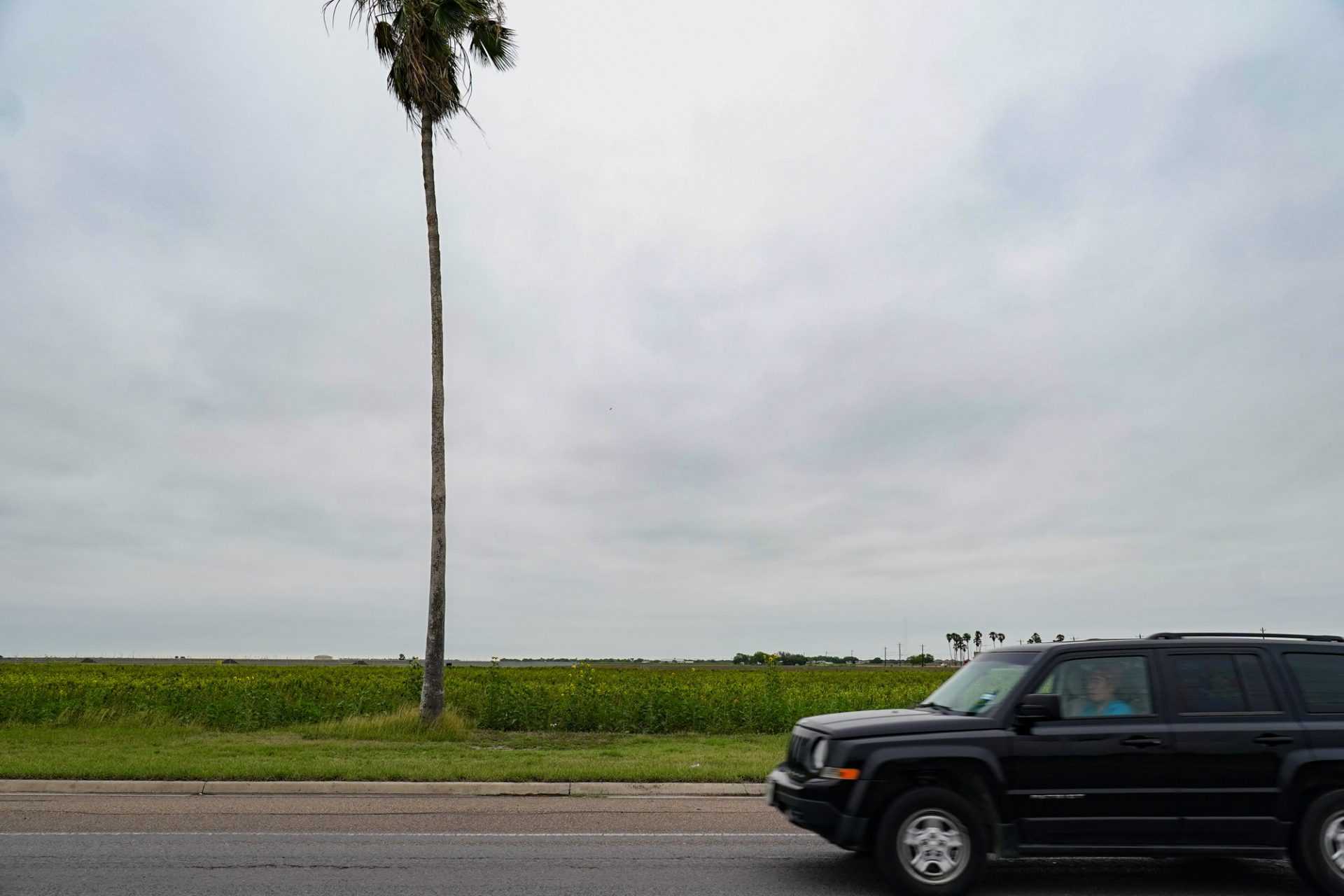|
Only have a minute? Listen instead
Getting your Trinity Audio player ready...
|

HARLINGEN — One of the city’s economic development zones is getting bigger as part of a plan to expand Harlingen’s main trade corridor.
At City Hall, commissioners are expanding tax increment reinvestment Zone 1, running along parts of the city’s northern side, to include a 23-acre area in which Grimes Avenue extends from Loop 499 to FM 509.
Now, city and county officials are considering funding a project aimed at reconstructing the roadway, widening it from a two-lane to a four-lane from Loop 499 to FM 509 to tie into Harlingen’s main trade corridor.
“That’s a large area for industrial growth,” City Manager Gabriel Gonzalez said.
Grimes Avenue’s proposed expansion would tie the roadway into the trade corridor running from Valley International Airport to the Port of Harlingen, he said.
“That would help get cargo from the Port of Harlingen to the airport,” Gonzalez said.
The roadway’s expansion could help develop the city’s aerotropolis, a 480-acre area next to the airport, where officials plan to draw businesses tied to the aeronautics industry.
“We’re hoping it helps kick-start it,” Gonzalez said of the proposed project’s impact on the aerotropolis.
Connecting Valley International Airport
At Valley International Airport, Marv Esterly, the airport’s aviation director, said the proposed roadway expansion would help develop the city’s main trade corridor.
“It will have a big impact on the airport,” he said. “It’s all interconnected. Better access at Grimes will help airport access, from passenger to cargo”

The roadway’s proposed expansion could help draw business to the aerotropolis, Esterly said.
“It’s a start,” he said. “It will help connect the aerotropolis and the Port of Harlingen and the Harlingen Industrial Park. It will make improvements to attract business, which will need access to air services. Our aeronautics plan would allow us to attract aerospace and maintenance repair and overhaul operations.”
Developing industrial base
The proposed roadway expansion would help develop the city’s industrial base, Orlando Campos, manager and chief executive officer of the city’s Economic Development Corporation, said.
“The expansion of the thoroughfare will enhance access to the industrial park and the flow from the airport to the Port of Harlingen,” he said. “It provides another route aside from Harrison if they’re heading east or west. It would allow us to deal with potential increased traffic from the companies established at the industrial park.”
Zones’ revenue climbing
As officials consider funding the roadway construction project, for which materials’ costs are projected to run about $1.6 million, options include dipping into Zone 1’s revenue stream, Gonzalez said.
As part of the proposed project, Cameron County officials are considering pitching in $2 million worth of labor along with an engineering design study, he said.
Running across 1,536 acres along parts of the city’s north side near Loop 499, Zone 1’s balance stands at $1.4 million, Kareem Abdullah, the city’s deputy finance director, said.
Within Zone 2, stretching across 1,183 acres along the city’s northeast near FM 509, revenue’s climbed to $2.58 million, while Zone 3, running across 570 acres along the city’s west side near Interstate 69, has generated $507,688.

Background
In 2006, city officials created the three zones aimed at generating property tax revenue earmarked for economic development.
Tax increment reinvestment zones are public financing tools used to help fund economic development projects in which properties’ assessed taxable values are frozen based on the theory those values will increase. The increased property taxes collected would make up the increment.
The proposed roadway expansion project would mark the first time officials dipped into tax zone revenue since 2016.
In 2016, the city’s past administration pulled $1.6 million from the city’s three zones to help fund the purchase of eight acres of land on which sit the Harlingen Convention Center and the Hilton Garden Inn.
The project to build the convention center marked the first time the city’s pulled property tax revenue from all three zones.
At the time, Pete Smith, a city-contracted tax attorney in Dallas, gave officials a legal opinion stating tax law allowed the city to fund the land purchase through the three zones’ revenue because the convention center would benefit the city’s overall economy.
From about 2010 to 2016, the city drew about $625,000 from Zone 3 to fund two projects to help develop the Harlingen Heights and Harlingen Corners business areas, officials said, adding about $380,000 has been spent on a project aimed at upgrading the Harlingen Corners shopping center area.
In 2012, officials used about $228,000 to upgrade Teege, Brazil and Bass Pro West roads as part of a project to develop the Harlingen Heights business district, officials said.




